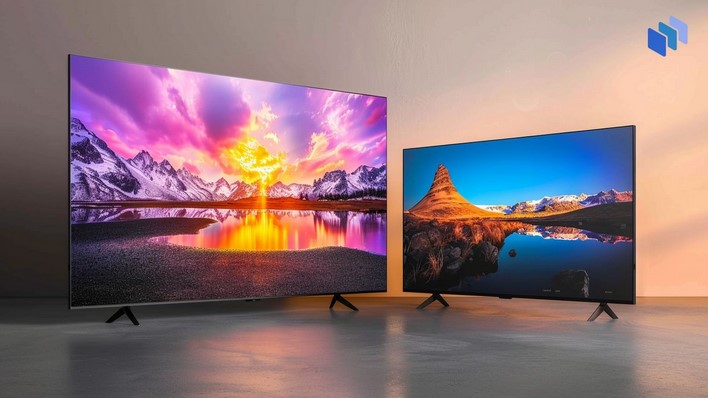
1080i and 1080p are two high-definition resolutions that have sparked a significant debate in the world of digital television and video production. Both offer 1080 horizontal lines of vertical resolution, but they differ in the way they deliver the data. 1080i, which stands for interlaced scan, alternates half-frames of video rapidly, while 1080p, standing for progressive scan, delivers the entire frame at once. This difference impacts the video quality, especially in fast-moving scenes, leading to a continuous discussion about which format provides the best viewing experience.
Is 1080i Better Than 1080p? Unraveling the High-Definition Resolution Debate
The high-definition resolution debate between 1080i and 1080p has been a topic of discussion among tech enthusiasts for quite some time. The crux of the debate lies in understanding the differences between these two formats and determining which one offers a superior viewing experience.
To begin with, both 1080i and 1080p are high-definition television (HDTV) resolution standards. The number 1080 represents the 1080 horizontal lines of vertical resolution, while the letters ‘i’ and ‘p’ stand for interlaced and progressive scan, respectively. These terms refer to the way the image is displayed on the screen.
In an interlaced scan (1080i), the image is displayed in two halves. The screen first displays the odd lines from top to bottom, followed by the even lines. This method was originally developed for older tube TVs to combat bandwidth limitations. On the other hand, a progressive scan (1080p) displays the entire image in one go, from top to bottom. This results in a smoother and cleaner image, especially during scenes with fast motion.
However, the question remains: is 1080i better than 1080p? The answer is not as straightforward as one might think. It largely depends on the type of content you are viewing and the capabilities of your television.
For instance, if you’re watching a fast-paced sports game or action movie, 1080p is likely to provide a smoother, more fluid viewing experience due to its ability to display the entire image at once. This eliminates the slight flicker that can sometimes be seen in 1080i during fast motion scenes.
On the other hand, if your television does not support 1080p, or if the content you’re watching is not available in this format, 1080i will still offer a high-quality viewing experience. In fact, many broadcasters still use 1080i as their standard format due to its lower bandwidth requirements.
Moreover, it’s important to note that the difference between 1080i and 1080p is often negligible to the human eye, especially on smaller screens or from a distance. The quality of the source material and the capabilities of your television can often have a more significant impact on the viewing experience than the difference between these two formats.
In conclusion, while 1080p technically offers a superior image due to its progressive scan, the difference between it and 1080i is often minimal and depends largely on the specific viewing circumstances. Therefore, it’s essential to consider the type of content you typically watch, the capabilities of your television, and your personal viewing preferences when deciding between these two formats.
The high-definition resolution debate between 1080i and 1080p is not about which format is universally better, but rather about understanding the differences and choosing the format that best suits your needs. As technology continues to evolve, the debate will undoubtedly continue, but for now, both 1080i and 1080p remain viable options for high-definition viewing.In conclusion, the debate between 1080i and 1080p revolves around interlaced and progressive scan methods. 1080i, which stands for interlaced, displays half the frames per second than 1080p (progressive), potentially leading to a less smooth image. On the other hand, 1080p provides a more consistent and clearer image, especially beneficial for fast-moving content. However, the difference is often negligible to the human eye, especially on smaller screens. Therefore, while 1080p technically provides superior quality, the choice between the two often depends on the specific use and the viewer’s personal preference.
